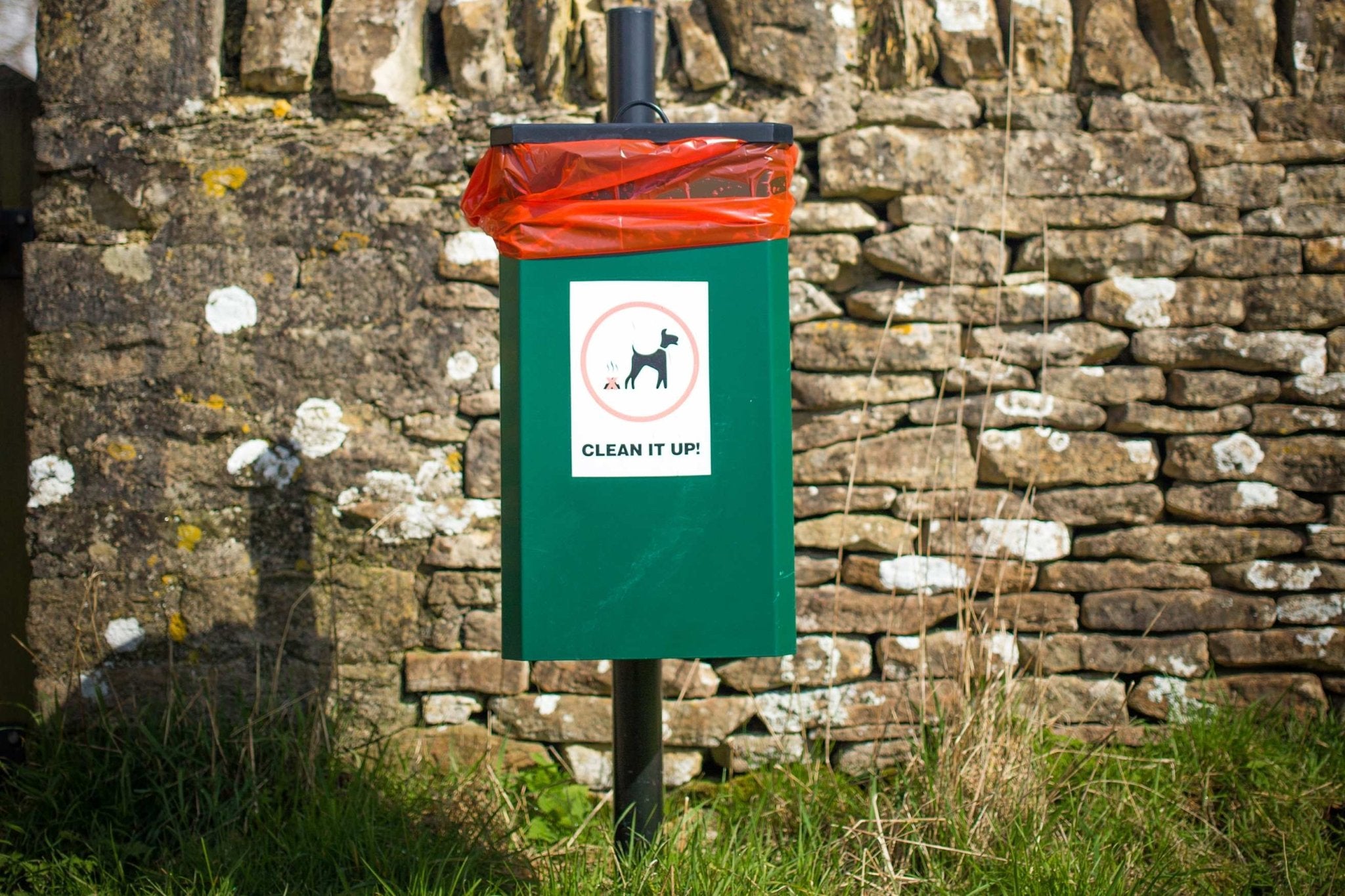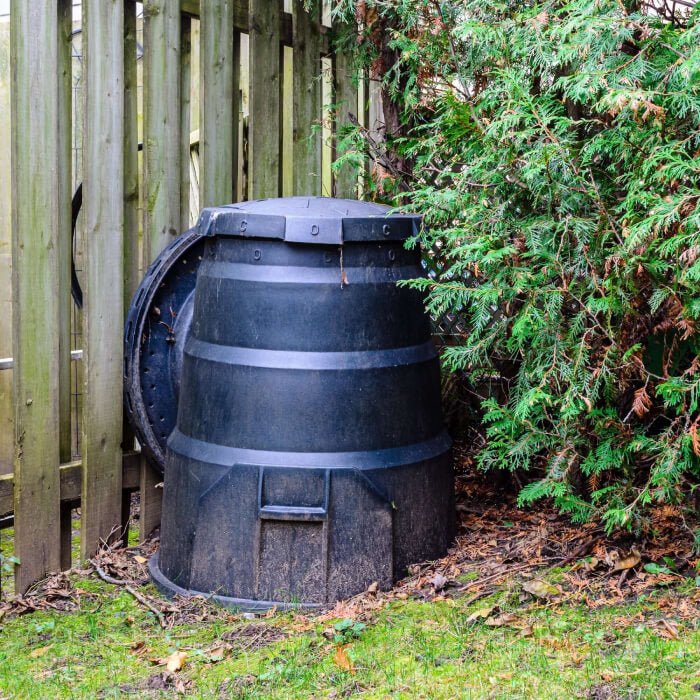Unlike humans, pets have limited ways in which to cool themselves. Rather than sweating like us, your dog and cat pant to cool down, having very limited sweat glands located in their paws. When the temperature rises outside, it's easy for your pet to overheat and develop hyperthermia or have a heat stroke, which can be deadly.
WHAT IS HEAT STROKE?
Heat stroke is commonly used to describe hyperthermia, or elevated body temperature. For most pets, hyperthermia occurs when their temperature gets over 103 degrees Fahrenheit (39.4 degrees Celsius). A heat stroke occurs when their body temperature exceeds 106 degrees Fahrenheit (41 degrees Celsius), and irreversible damage may occur when their temperature gets over that.
HEAT STROKE VS HEAT EXHAUSTION
Heat exhaustion typically occurs before a heat stroke. It is a result of your dog or cat's body overheating. A variety of symptoms may occur, such as weakness or dizziness. Left untreated, it will often progress to your pet having a heat stroke. It doesn't have to be excessively hot outside either; some pets may have a heat stroke with mild weather if they get excited and have poor ventilation.
DOGS OVERHEATING
Heat strokes typically occur when your pet is exposed to high external temperatures, especially if they are in an area that is poorly ventilated. Your dog can overheat at night almost as easily as during the day, which is more common if they are running around or excited. It is more likely for your dog to overheat during the summer, when the weather is hot and humid. In addition to the weather making it more likely, your dog is more likely to be outside in the hot weather, such as playing fetch with you in the backyard.
It is possible for dogs to die when they get overheated. If you are concerned that your pet might be having a heat stroke, it's important that you start to cool them off immediately and get them to a veterinary hospital. If they get too hot, their organs may start to fail. If they have seizures, that can increase their temperature further, causing more damage.
Some dog breeds are more prone to overheating and heat stroke than others, such as pugs. These dogs are often snub-nosed or brachycephalic. They are not able to move air as easily as other dogs when they pant, and their nostrils are often smaller too. Other dogs that are prone to overheating include bulldogs, boxers, and pit bulls.
CATS OVERHEATING

While dogs are more likely to overheat, it is possible for your cat to have a heat stroke or overheat, as well. Cats tend to regulate their activities better than some dogs, resting in the shade rather than playing fetch. In addition, many cats are kept indoors and don't routinely travel in cars, a common place where dogs get exposed to higher temperatures.
Cats may develop heat stroke when they are trapped in an overly warm building such as a shed during the summer months or when traveling by car for a move. Cats are also more prone to getting trapped in dryers or rooms without access to ventilation and water, which can lead to heat exhaustion and a heat stroke.
Old and young cats are most at risk for heat stroke because they have less ability to thermoregulate their body temperature than adult cats. Overweight cats (and dogs) are at a higher risk for developing heat stroke than a more svelte animal because fat cells act as insulation. Flat-faced breeds, such as Persians and Scottish folds, are also more apt to develop heat stroke than a Bengal or Siamese.
SYMPTOMS OF A PET OVERHEATING

Signs that your dog may have heat stroke include excessive panting. Your dog may have trouble getting comfortable or show signs of weakness or incoordination, such as stumbling around. If you look at your dog's gums, they may be bright red. Your pup might drool heavily or have episodes of vomiting or diarrhea. Neurologic problems can also occur when your pet overheats, such as having seizures or tremors.
Signs that your cat is having a heat stroke or suffers from heat exhaustion are very similar to those of a dog. Your cat may be restless or disoriented, and they are likely to be panting heavily. Your kitty may drool, especially a thicker drool than normal, and their gums may be bright red. You might also notice that your cat has sweaty feeling paws, as they try to get rid of some of their heat by sweating through their paws.
TREATMENT OF HEAT STROKE AND OVERHEATING
Dogs and cats must be treated for heat stroke on an emergency basis. You can make strides to trying to get them cool while you get them to a veterinarian by placing cool - not cold - towels or water on their neck, armpits, paws, and groin. If you can, place them in front of a fan or near an air conditioning vent in the car. You can also place isopropyl alcohol on their paws, which helps remove heat from the body.
A cornerstone of treating a pet that has overheated is measuring its temperature constantly. Your veterinarian will need to know what your cat or dog's temperature is, as active cooling measures are normally stopped at around 103 degrees Fahrenheit (39.5 degrees Celsius) to prevent your pet from becoming hypothermic.
Once at the veterinary hospital, your furry friend will likely be placed on IV fluids to help promote good tissue perfusion and potentially to treat shock, which can occur during a heat stroke. The IV fluids can also naturally help cool your dog or cat down. If your pet is having seizures, anticonvulsant or muscle relaxing medications will likely be given. Other issues will be treated as they arise, such as using anti-nausea medications in a vomiting dog.
Your pet's prognosis will depend on how readily they respond to therapy. If they develop shock or other issues, the prognosis may be much poorer. Some pets require platelet or blood transfusions because their body starts to destroy its own cells or clot excessively after suffering from a heat stroke.
Your dog or cat's heat stroke aftercare will depend on how readily they bounce back from the incident. You'll want to keep them cool in the future, and any new health issues that have arisen may need to be treated, such as seizures. Neurologic issues may be permanent and involve daily medication.
KEEPING YOUR PETS COOL DURING THE SUMMER
There are lots of ways to keep your pet cool during the summer and help prevent heat stroke. Exercise your pet during the cooler parts of the day, such as early in the morning and late in the evening. If your dog or cat needs to go outside during the day, make sure they have access to shade, as well as cool, fresh water.
Your dog might even enjoy a dip in a swimming pool or to play with a water hose, but keep in mind that water sitting in a water hose may be hot enough to scald after sitting out in the summer heat. Always check the temperature of the water before allowing your pet to get wet.
When traveling with your dog or cat, make sure they are kept cool. Staying in a kennel is often safer when they are traveling in the car, but it can decrease ventilation, so make sure the vehicle has plenty of airflow. If you need to stop the car, don't leave your pets locked inside; ideally, you should leave the car running or take your pet inside at your stop.
You can also make "pupsicles" to keep your dog cool during the summer. Your cat may even like a tuna water ice cube to keep them cool and entertained, although it might make a mess. You can use ice cube trays or popsicle molds to make frozen treats for your pets.

IN SUMMARY
When your pet overheats, it can be very scary and require intensive care to get your pet better. If you start to notice signs that you pet is getting overheated, such as heavy panting, get them to a cool and well-shaded room or area to try and prevent heat stroke from occurring. If you are concerned that your pet is suffering from heat exhaustion or heat stroke, get them cool and take them to your veterinarian, ideally letting your vet's office know that you're on your way. Take extra care of brachycephalic pets such as pugs and Persian cats during the summer to ensure they don't get too hot.






Leave a comment